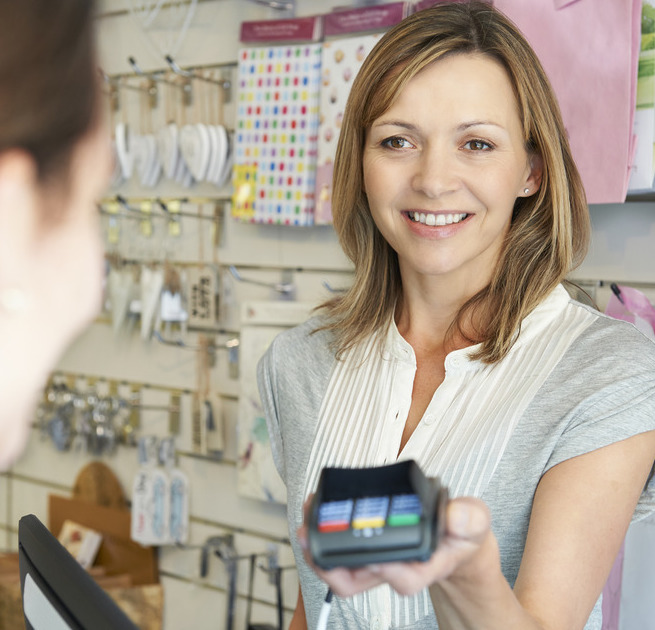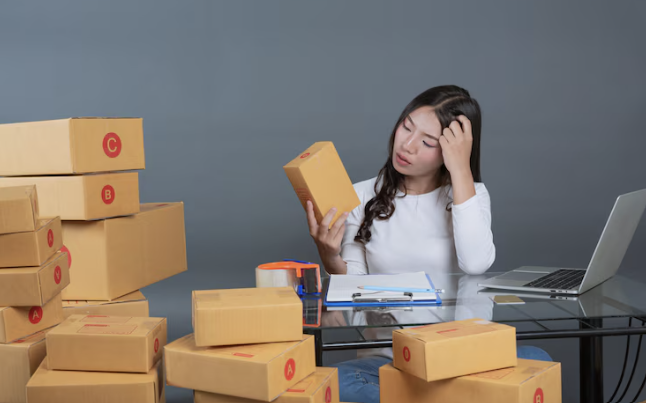When it comes to establishing your business in retail – whether that be online retailers, distributors, or national chains – this phrase is good to keep in your back pocket when planning your channel and retail growth strategy.
In this internet and data-driven age, retail buyers have an easier time judging which products will go into their stores and which ones don’t make the cut. While there are many factors that go into being retail-ready, having a strong sales history with positive customer feedback is one of the most important.
It indicates so much more than just your sales figures and product quality. It indicates supply chain reliability, likelihood of ROI for buyers, competency to support sales, etc. When you approach a new buyer, they will most likely immediately go online to check Amazon or other online channels for reviews and sales numbers before even considering further discussion.
So what’s this slow burn thing?
At Retailbound, we refer to the slow burn refers as gradually building a sales history and retail reputation to get larger and larger accounts as time goes on. Logically it’s easy to understand. Big box brick & mortar is high risk and involves heavy investment. Mom & pop shops are easy to acquire but may not be enough to support your sales goals.
As someone so elegantly said to me once, “We’re trying to make our targeted buyers look like superstars”. Being able to portray a high rate of success consistently from buyer to buyer will drastically expedite the growth process and ability to acquire more shelf space once brick & mortar becomes a priority. Plus looking more attractive in this manner significantly reduces the amount of effort needed to acquire new retailer or distributor channels – in an exclusivity sense as well.
A large part of this deals with the sell-through rate of products within channels. If your buyers aren’t making money, you can be sure that you won’t be for long either.

The slow burn may not be appropriate for every product out there, but if you’re a unique product looking to pioneer a new brand it can be a useful strategy (particularly with new technology).
Have a unique product?
If you have a product that is highly marketable, unique, or perhaps serves a specific niche then the slow burn is something you might want to put more thought into. Who are your early adopters? Where do they spend money? What types of channels would make to you financially?
Hopefully this post helps you brainstorm some thoughts for your own product. If you’re looking for some help brainstorming other factors to think about in your retail don’t hesitate to Yohan Jacob at yjacob@retailbound.com.



